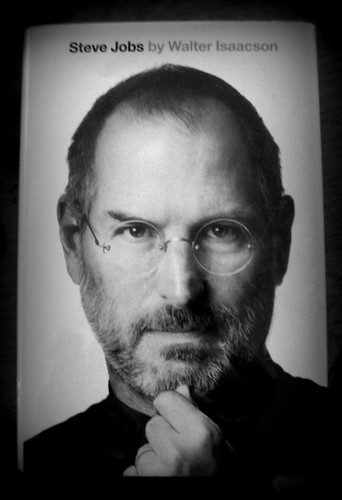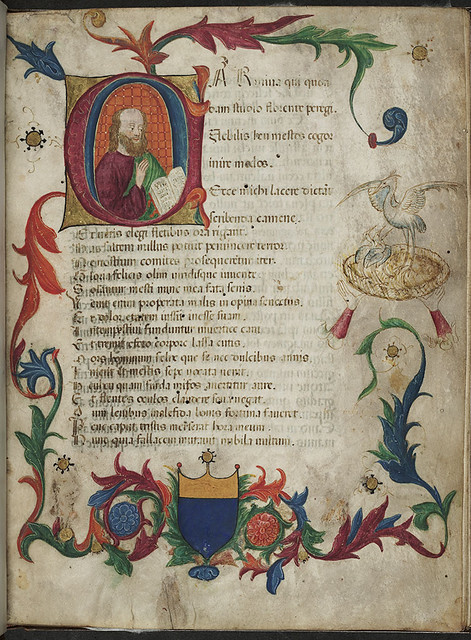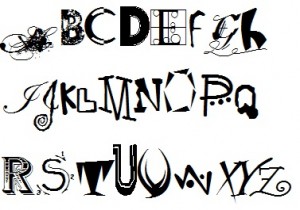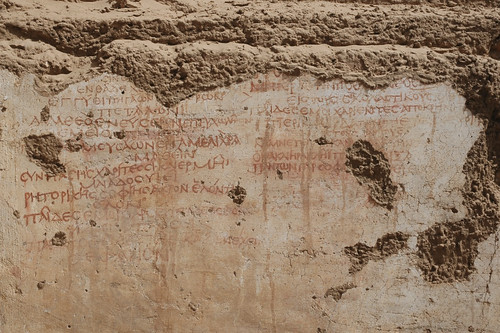by Craig Raine, 1979
Caxtons are mechanical birds with many wings
and some are treasured for their markings–
they cause the eyes to melt
or the body to shriek without pain.
I have never seen one fly, but
sometimes they perch on the hand.
Mist is when the sky is tired of flight
and rests its soft machine on the ground:
then the world is dim and bookish
like engravings under tissue paper.
Rain is when the earth is television.
It has the properites of making colours darker.
Model T is a room with the lock inside —
a key is turned to free the world
for movement, so quick there is a film
to watch for anything missed.
But time is tied to the wrist
or kept in a box, ticking with impatience.
In homes, a haunted apparatus sleeps,
that snores when you pick it up.
If the ghost cries, they carry it
to their lips and soothe it to sleep
with sounds. And yet, they wake it up
deliberately, by tickling with a finger.
Only the young are allowed to suffer
openly. Adults go to a punishment room
with water but nothing to eat.
They lock the door and suffer the noises
alone. No one is exempt
and everyone’s pain has a different smell.
At night, when all the colours die,
they hide in pairs
and read about themselves —
in colour, with their eyelids shut.
To me, this poem represents technology, which is not limited to Apple-like products. This poem also shows how humans themselves are part of this strange world that we live in. This poem begins with the idea of a book (caxton), which to me is a form of technology in the early days WAY before my time as well as being related to the concept of text. But the poem continues to talk about other forms of technology such as the car or the television. In my opinion, this poem helps to prove that each of us will have a different idea of what technology is and we will all come up with different definitions and examples. But in the end, when technology is put to sleep, we all dream.





